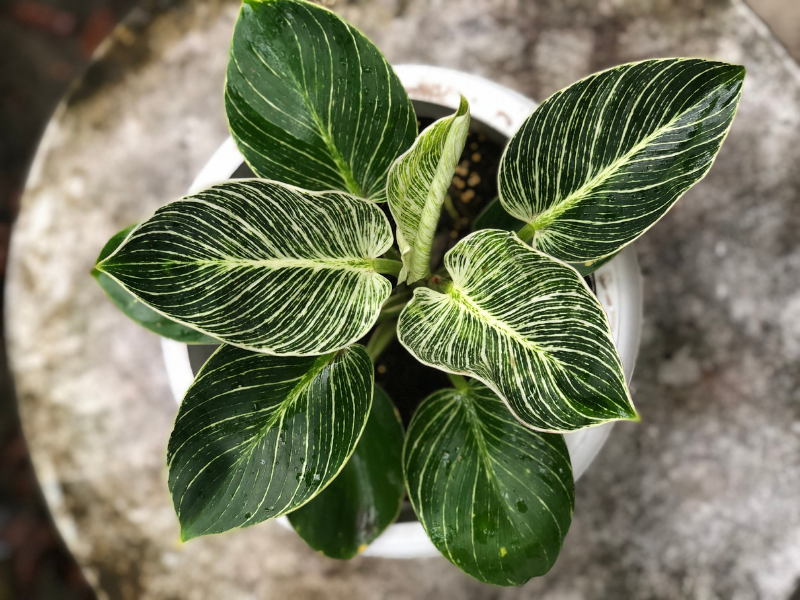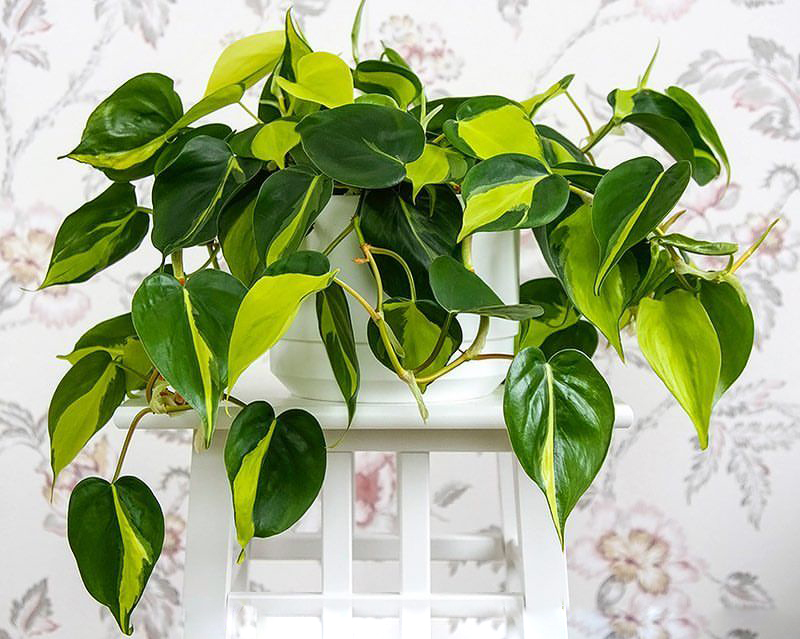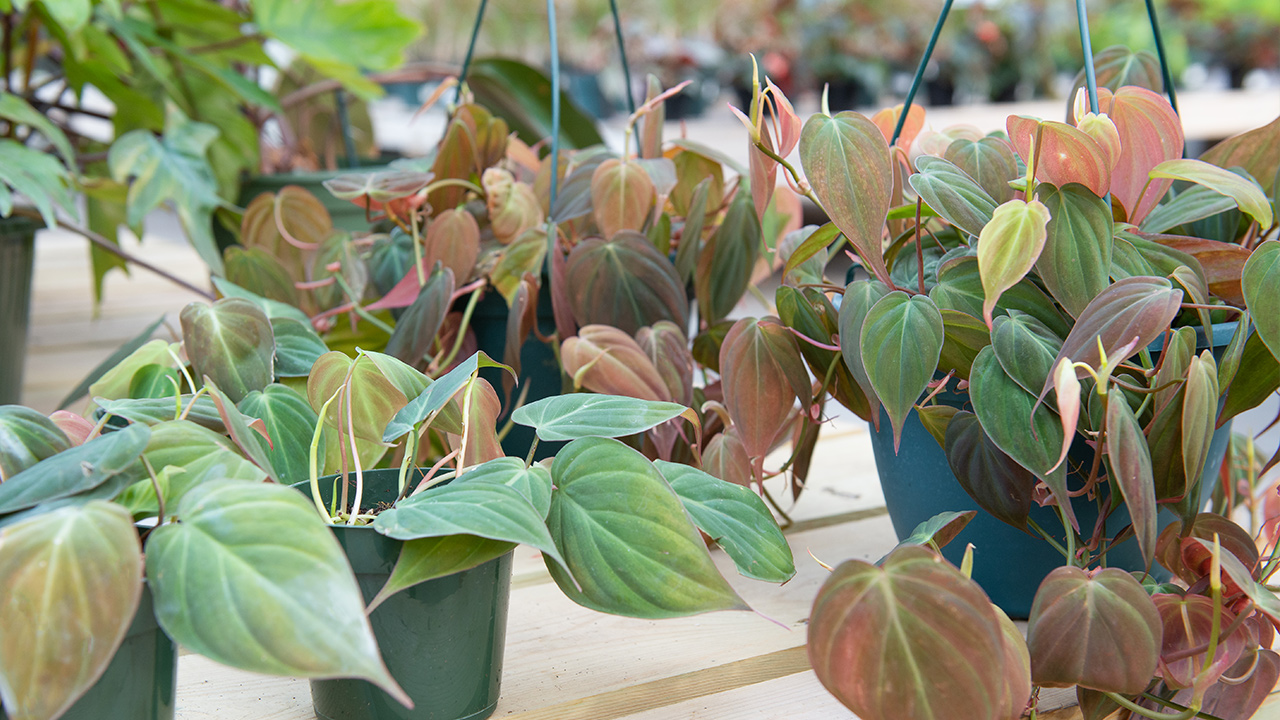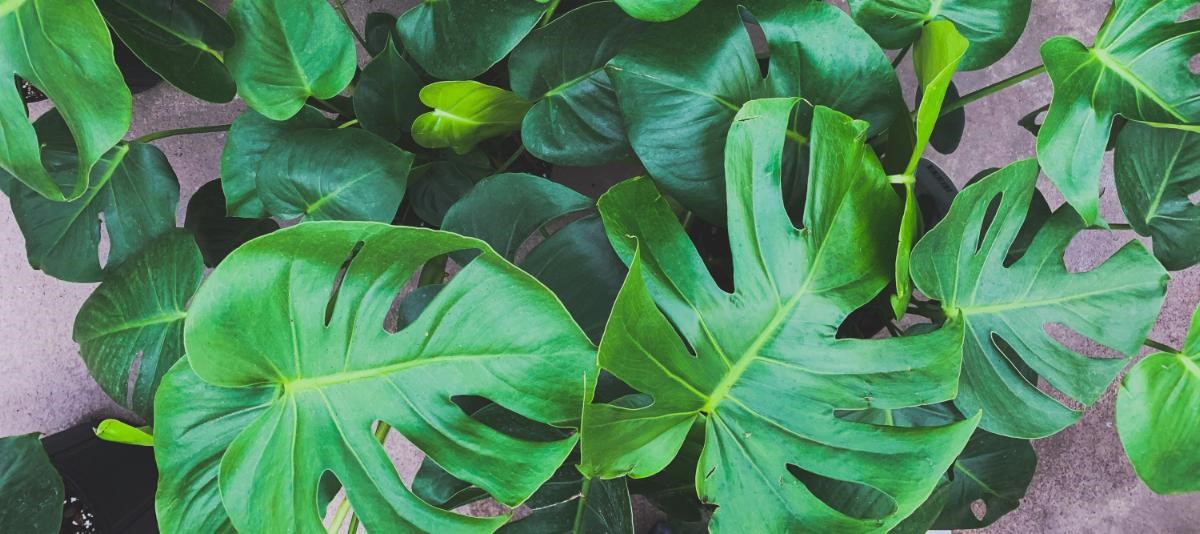Growing Philodendrons

Welcome to the wonderful world of Philodendrons!
For many years, humans have been fascinated by this widely varied group of plants. They make great houseplants and come in many different types. Philodendron leaves come in colors like dark and neon green, red, purple, orange, and there are even many variegated and split leaf varieties. They also make great air purifiers! Whether you are an experienced green thumb or a newcomer to the world of houseplants, you’ll find that this group of plants is easy to grow. Though there are some minor differences in the care between specific varieties, the general daily care and maintenance for these plants is very much the same.
Growing Philodendrons
In general, Philodendrons are hardy, versatile plants that will grow almost anywhere in your home.
Location: Grow anywhere out of direct sunlight. This can be in low light or a bright filtered light as long as the plant does not experience harsh sunlight which will burn the leaves. Philodendrons originate from tropical rainforests and typically grow under a canopy of tree branches. It is best to attempt to replicate this type of environment when growing as a houseplant. Keep in mind: the more light your plants get, the faster they will grow, but most philodendrons can also tolerate growing in a low- light area. In fact, they are one of few plants that can grow under fluorescent light which makes it a good choice for offices.
Water: Philodendrons like an evenly moist soil. All plants need water to grow, but most philodendrons will tolerate a drying period between waterings. In fact, when grown in a low-light location, it is recommended that you do so to prevent root rot. Non climbing varieties are even a little more drought tolerant than vining varieties.
Fertilizer: Use a balanced (all-purpose) or houseplant fertilizer monthly (or as directed by the fertilizer label) on your plant in the spring and summer. Then, reduce feeding to every six to eight weeks in the fall and winter. If your plant isn’t getting enough food, its growth will be slower than normal, and its leaves might also appear smaller or stunted.
Humidity: Adding moisture to the air,as well as the soil, can help prevent browning tips and edges, though is no a necessary addition for all varieties. Three easy ways to increase the humidity level for your houseplants are 1) use a spray bottle every day to mist the leaves, 2) use the “tray of pebbles” method. On a saucer beneath the pot, add a layer of fine gravel or small stones and fill the saucer with water or 3) add a humidifier to the room.
Growth: Most Philodendron varieties are fast growers in comparison to many other houseplant varieties. How fast your plant grows will be mostly dependent on the exact variety and how you care for it. A regular watering and fertilizing schedule paired with a bright filtered sunlight will ensure the best and fastest growth of your beloved plant. Though most Philodendron are grown primarily for their glossy, tropical leaves, there are some plants that will bloom under the right conditions. These blooms can be trimmed off at any time or left and enjoyed if so desired.
Troubleshooting
These plants don’t have any serious issues with pests or diseases, but can be susceptible to common houseplant pests such as mealybugs, thrips, and spider mites. These, however, can typically be avoided when proper sunlight, watering, fertilizing, and overall good healthy plant care habits are being met. These pests can be treated with a natural insecticidal soap or horticultural oil.
Types of Philodendrons
(there are many more than we have listed, but these are some of the most popular)
Philodendron cordatum:
This plant is a very popular climber/vining plant. It has heart-shaped leaves that are sometimes multicolored.

Philodendron melanochrysum:
This plant is a stunning climber with dark, velvety leaves powdered in bronze.

Philodendron 'Birkin':
This variety offers thin white stripes on its green leaves.

Philodendron hederaceum ‘Brasil’:
As a cultivar of the heartleaf philodendron, this species has signature heart-shaped leaves with lime green variegation.
Philodendron micans is a similar cultivar with deep green leaves.

Philodendron micans:
A bicolored plant. Leaves start as a bronze color and mature to a dark green.

Philodendron selloum:
This extra-large variety can reach more than 5 feet wide, and its split leaves are its signature trait
(not to be confused with Monstera deliciosa, which also features split leaves).

Monstera deliciosa: The quintessential split leaf plant with gigantic ovate leaves.
Following these instructions will help you grow beautiful Philodendrons. Want more details about your Philodendrons or any other type of houseplant? Please call us! The friendly staff at our 3 stores are eager and ready to help you make your indoor garden flourish.
Please note: According to the ASPCA, Philodendrons are toxic and should not be ingested by humans or pets (both dogs and cats). Learn more about toxic plants on the ASPCA website: https://www.aspca.org/search/node?search=philodendron.

